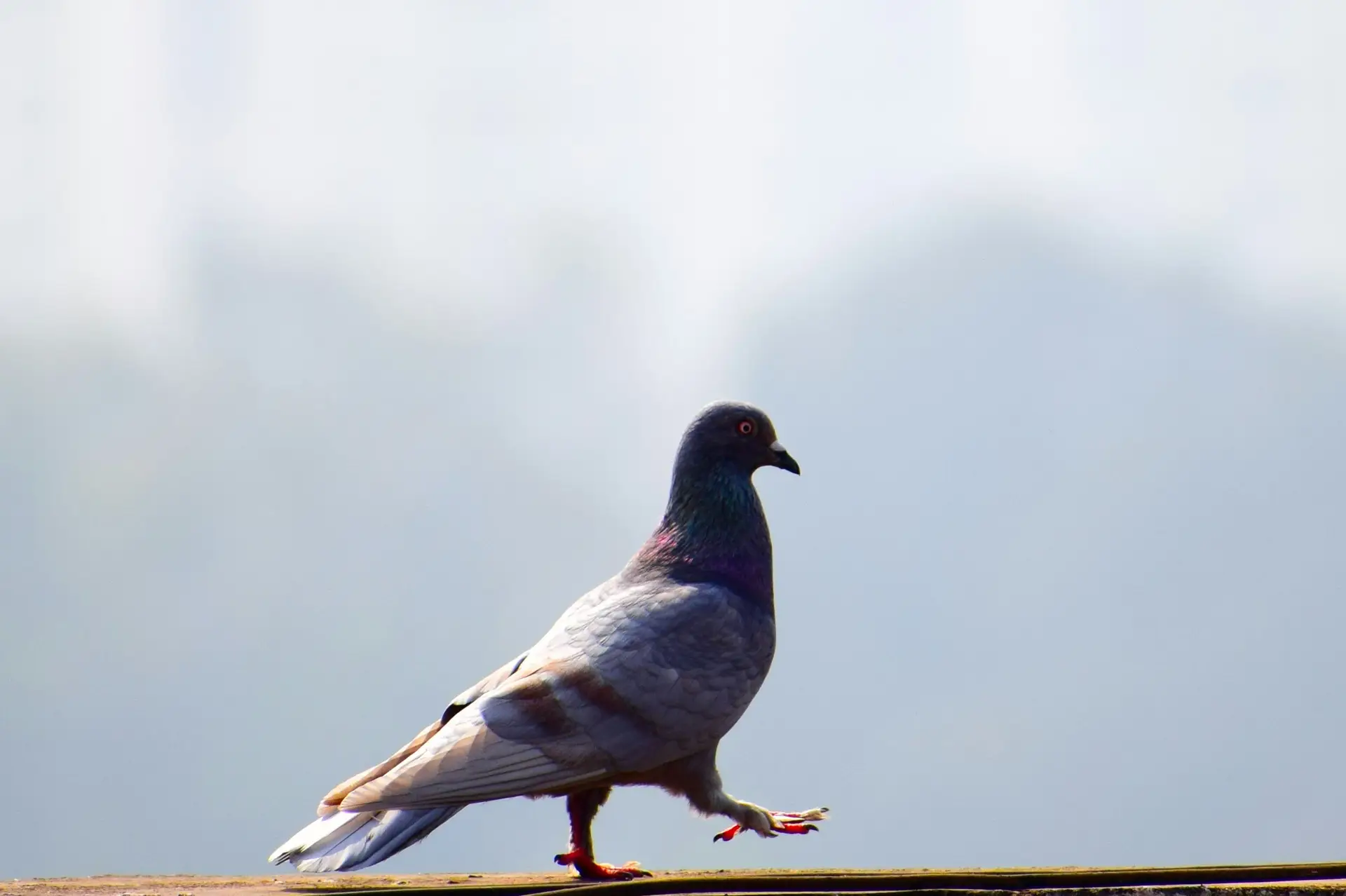The ecological advantages of implementing bird netting in urban environments
Urbanization has significantly transformed landscapes, leading to habitat loss and changes in the natural behavior of wildlife, particularly birds. As cities expand, they encroach upon natural habitats, diminishing suitable nesting sites and breeding grounds for various species. This has resulted in declines in bird populations, which play crucial roles in maintaining ecological balance. However, sustainable solutions are emerging, including the implementation of bird netting in London, which shows promise in assisting wildlife conservation efforts within urban settings, especially in London.
Understanding bird netting as a protective measure
Bird netting is a practical approach to protect both urban architecture and bird populations. Made from a variety of materials such as nylon or polyethylene, it comes in different forms, including soft and rigid netting, each serving specific purposes. Soft netting is often used to protect trees and gardens, while rigid netting may cover architectural features and commercial spaces. In cities, particularly in London, bird netting acts as a deterrent against unwanted infestations while simultaneously creating a protective environment for local wildlife.
The environmental benefits of bird netting in urban areas
Habitat protection: A sanctuary for nesting birds
The primary ecological advantage of bird netting lies in its ability to preserve habitats critical for nesting and breeding. By strategically installing netting in urban structures and parks, London can help shield vulnerable species from predation and environmental stressors. This not only supports local bird populations but also minimizes disruption to surrounding ecosystems, encouraging sustainable growth for both flora and fauna.
Reducing human-wildlife conflict
Another significant benefit is the reduction of human-wildlife conflict. Urban settings often see problems like infrastructure damage caused by birds nesting in inappropriate places. Bird droppings can also cause sanitation issues and health risks, creating a challenging scenario for city management. Bird netting effectively prevents nesting in undesirable areas, safeguarding buildings and public spaces from contamination and maintaining cleanliness while also lowering the risk of disease transmission from urban wildlife.
Encouraging biodiversity in the urban jungle
Bird netting contributes to encouraging biodiversity within urban landscapes. By normalizing coexistence between humans and urban wildlife, cities can foster a balanced ecosystem. Netting protects various bird species, allowing them to thrive despite the challenges posed by urban environments. This not only enhances the aesthetic and recreational value of urban areas but also fortifies the ecological integrity of the city.
Mitigating urban pollution
The installation of bird netting can play a role in mitigating urban pollution. By reducing the accumulation of waste from bird droppings on buildings and public areas, sanitation improves significantly. Moreover, by supporting diverse bird populations, netting can help promote healthier urban ecosystems, which could lead to better air quality as various species interact with their environment.
Bird netting in London: A practical case study
Successful implementations across the city
Bird netting has gained traction in London, with several successful implementations showcasing its effectiveness. Key locations, including parks and certain urban structures, have integrated bird netting to protect both nesting birds and architectural features. These initiatives serve as prime examples of how urban areas can embrace solutions that coexist with wildlife.
The role of local professionals
The installation of bird netting is crucial for its effectiveness. Local service providers, such as Rope Access in London, play an important role in ensuring that netting is installed safely and appropriately. Professional expertise ensures that the netting serves its intended purpose without posing risks to non-target bird species or creating aesthetic issues within the urban landscape.
Addressing potential challenges and considerations
While bird netting presents numerous environmental advantages, it is important to consider potential downsides. Misuse of netting can lead to unintended consequences for non-target species. Additionally, the visual impact of netting can raise aesthetic concerns among city residents. However, by following best practices for humane implementation and engaging the community in bird conservation efforts, these challenges can be effectively managed.
Embracing wildlife conservation in urban development
The environmental benefits of bird netting in urban areas are manifold, ranging from habitat protection to fostering biodiversity. Strategies aimed at harmonizing urban development with wildlife conservation are essential as cities like London continue to grow. Encouraging local planners and residents to adopt bird netting not only supports biodiversity but also promotes sustainable urban living.
Join the movement towards greater wildlife protection
The insights gathered from the exploration of bird netting underline the urgency for urban communities to support local wildlife initiatives. Further research and awareness about the potential of bird netting should be prioritized, creating a future where urban planning and wildlife conservation go hand in hand, ultimately benefiting both the city's residents and its avian inhabitants. By embracing solutions like bird netting, London can set a precedent for other urban areas, exemplifying how cities can foster compatibility between human structures and nature.




